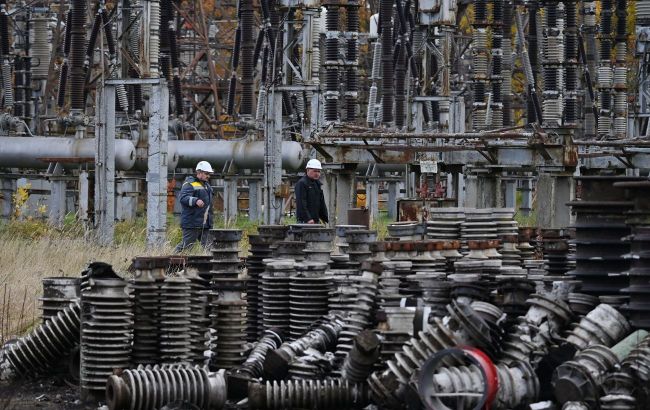United States provided Ukraine with assistance for construction of energy facilities protection
 Ukraine received rebar from USAID for the construction of energy facility protection (Photo: GettyImages)
Ukraine received rebar from USAID for the construction of energy facility protection (Photo: GettyImages)
The U.S. Agency for International Development (USAID) will provide Ukraine with 20,000 tons of metal to build structures to protect energy facilities from Russian drone and missile attacks, according to the State Service of Special Communications and Information Protection of Ukraine.
As part of the U.S. government-funded Ukraine Energy Security Project, our country received the first batch of 5,000 tonnes of metal, which is already being used to build anti-drone defenses in the western, central, and southern regions.
"The proportion of rebar in the project is one of the largest in terms of volume and cost. We are receiving the metal as a donation. This is an important contribution to the protection of Ukraine's energy infrastructure and the rapid construction of protective structures," said the State Service of Special Communications and Information Protection of Ukraine.
Since March this year, concrete structures have been erected around Ukrenergo's main network.
It is also noted that the metal is purchased from a Ukrainian manufacturer and transported from the production plant to the construction site. In total, the second level of protection comprises 22 substations and 63 autotransformers in 14 regions.
The U.S. helps to protect Ukraine's energy facilities
Russia launched massive attacks on Ukraine's energy sector last year. The military warns that Russia is stockpiling missiles to repeat massive attacks. But Ukrainian intelligence says the scale of the attacks will be smaller.
The United States has already provided $522 million to purchase energy equipment and to support and protect Ukraine's energy system.
The U.S. also recently provided Ukraine with two powerful autotransformers that will help increase the reliability of energy supplies to consumers during the winter.

